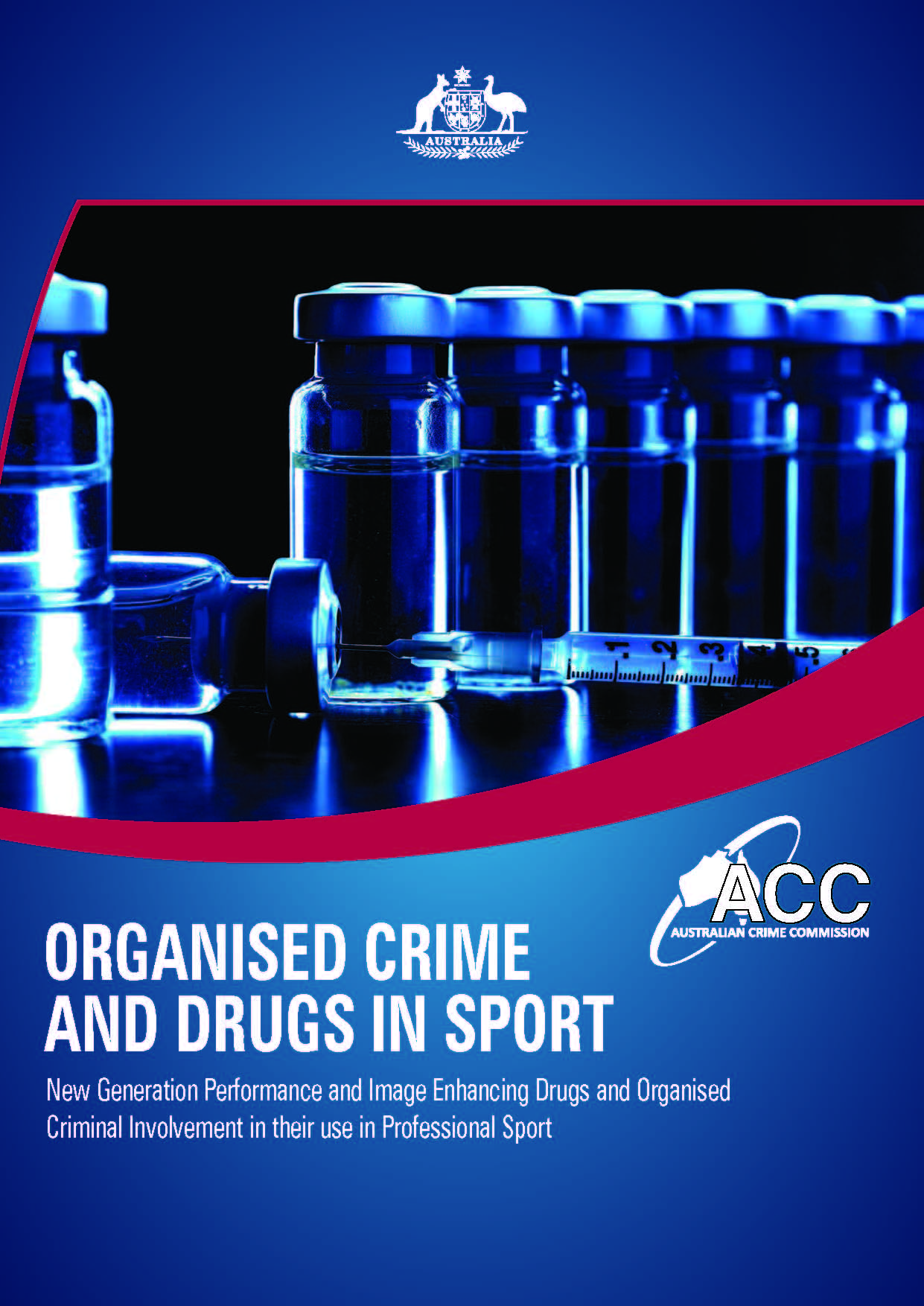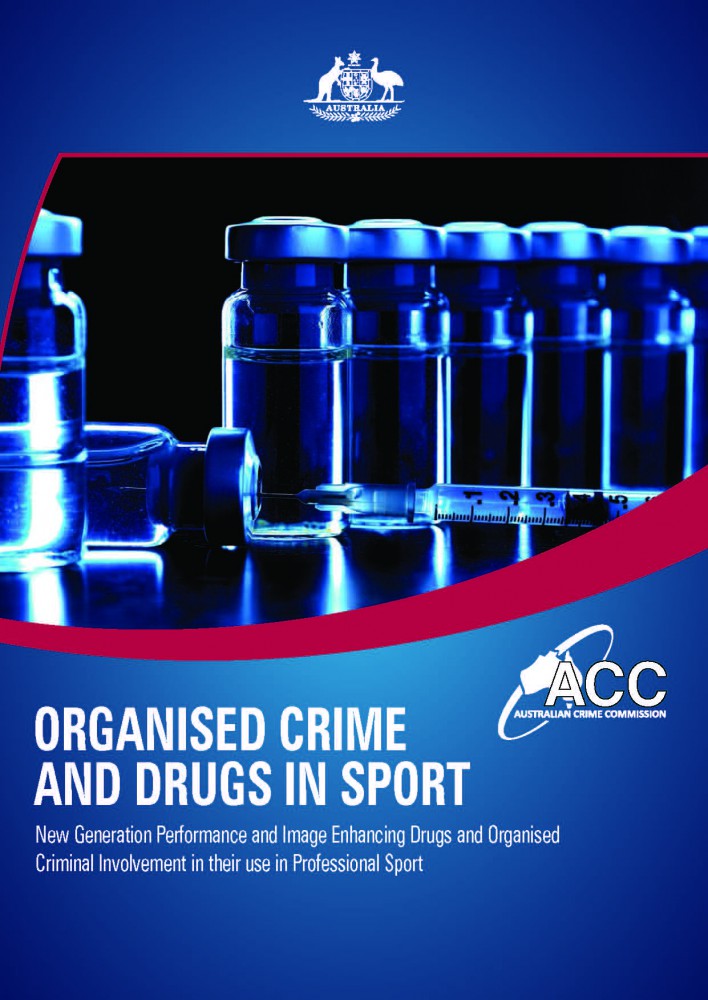
The Australian Crime Commission (ACC) recently released a report that alleged the widespread use of performance enhancing ‘peptides’ by professional athletes from a variety of sports in Australia. While anabolic steroids remained the most popular performance-enhancing drug, the popularity of peptides has greatly increased in recent years. The ACC report is entitled “Organised Crime and Drugs in Sport: New Generation Performance and Image Enhancing Drugs and Organised Criminal Involvement in their use in Professional Sport.”
Names of Peptides Used by Pro Athletes in Australia
The 12-month investigation was codenamed Project Aperio. It identified several peptides that were be used by pro athletes. The most popular peptides were:
- growth hormone releasing peptides (CJC-1295, GHRP-2, GHRP-6 and Hexarelin)
- growth hormone variants (AOD-9604)
- insulin like growth factor (IGF-1) and
- mechano growth factor (MGF).
Names of Sports, Teams and Athletes Who Used Peptides
The ACC report did not name any specific sports, teams, staff or players who were involved in the distribution and use of peptide hormones. However, it gave the strong impression that investigators conclusively identified specific individuals involved in the distribution and use of peptides.
Widespread use of peptides has been identified, or is suspected by the ACC, in a number of professional sporting codes in Australia…
Multiple players (in one code) from a number of clubs are suspected of currently using or having previously used peptides…
[O]fficials from one club have been identified as administering, via injections and intravenous drips, a variety of substances, possibly including peptides. Moreover, the substances were administered at levels which were possibly in breach of WADA anti-doping rules. This activity was orchestrated by some club officials and the club’s high performance unit.
How Peptides Were Distributed to Pro Athletes
The ACC report outlined a very detailed method by which peptides (e.g. IGF-1, MGF, CJC-1295, GHRP-6) and other drugs (e.g. testosterone, anabolic steroids, SARMS and hGH) made their way to pro athletes.
An interested party or parties would create a “research” company that permitted the legal acquisition of peptide hormones from a compounding pharmacy.
Next, the part(ies) would legally form an anti-aging clinic that would allow the distribution of peptides and performance- and image-enhancing drugs (PIEDs).
The anti-aging clinic would recruit doctors willing to write prescriptions for controlled drugs like testosterone, hGH and IGF-1 and recommend the use of peptide hormones.
A “sports scientist”, with a financial interest in the anti-aging clinic, would use his position as a member of a team’s “high performance staff” to influence the use of peptides by individual athletes and/or facilitate the implementation of doping at the team level.
The Peptide Witch-Hunt Begins in Australia
The Australian Crime Commission did not identify any individuals involved in the distribution and use of peptides. This has resulted in widespread criticism among Australian journalists and sports writers who couldn’t wait to start a peptide witch-hunt.
The media nonetheless made a tenuous connection between a sports scientist named Steve Dank and the allegations made by the ACC.
Dank was identified as the target of the investigation after the Australian Sports Anti-Doping Authority (ASADA) announced the launch of an investigation into the Essendon Football Club related to the use of peptides. In addition to Essendon, Dank had worked with several other teams in the Australian Football League (AFL) as well as the National Rugby League (NRL).An anonymous source, who claimed to be one of at least 30 people interrogated by the ACC, claimed that investigators asked numerous questions about Dank.
Dank was also identified as one of the four co-directors of the Medical Rejuvenation Clinic (MRC) at Bondi Junction according to a filing made with the Australian Securities & Investments Commission.
MRC marketed several peptides on their website including IGF-1, MGF, GHRP-2, GHRP-6, CJC-1295, Hexarelin and AOD-9604. The peptides were sourced from a compounding pharmacy named the Australian Compound Pharmacist .
The aforementioned peptides are all banned by the World Anti-Doping Agency under the “Peptide Hormones, Growth Factors and Related Substances” section of the 2013 List of Prohibited Substances and Methods.
Dank has vehemently denied providing any banned substance to any professional athlete(s) who participated in a WADA-compliant sport(s). His attorneys have threatened to sue media outlets for defamation, injurious falsehood and financial loss arising out of “false allegations in the media that the plaintiffs have sold illegal drugs to sportspeople.”

About the author
Millard writes about anabolic steroids and performance enhancing drugs and their use and impact in sport and society. He discusses the medical and non-medical uses of anabolic-androgenic steroids while advocating a harm reduction approach to steroid education.

Leave a Reply
You must be logged in to post a comment.